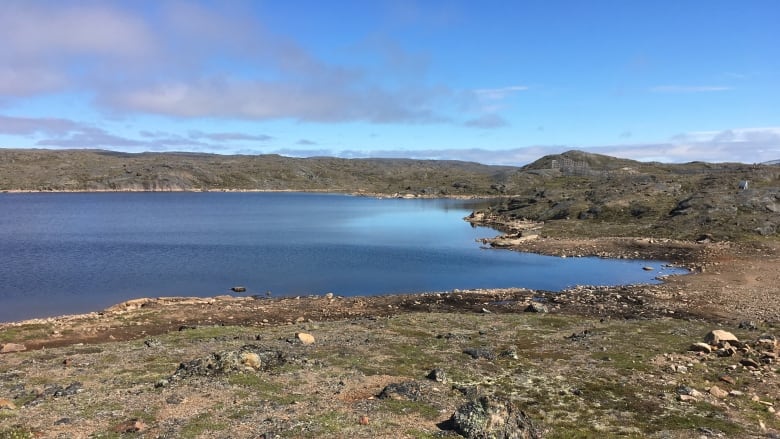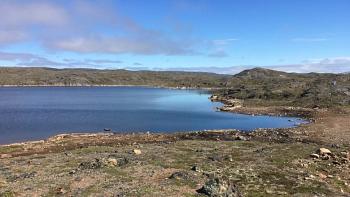Iqaluit Still Lacking a Permanent Solution as City Runs Out of Water Supply
The city of Iqaluit is presently at a loss of what to do to survive the impending lack of water supply that would be hitting the city anytime soon. The city, which is the capital of Nunavut, now has a population of about Eight thousand people and according to recent research, might be running out of water by the year 2024.
Arctic freshwater researcher Andrew Medeiros, an assistant professor at Dalhousie University, published a study last year in Environmental Science and Pollution Research, warning that climate change, agrowing population and an increasing demand for water will begin depleting Iqaluit’s main water source starting in 2024.
In a telephone interview with Motherboard cited in Digitaljournal.com, Medeiros started that a major source of the problem came from the fact that Iqaluit's water system was aging. Water is first pumped out of Lake Geraldine, treated and then sent to the city through pipes. The pipes bleed a lot of water, and on top of that, climate change is having a direct effect on how much or how little water is entering the system.
CTV News also reported that another source of the problem is with the Apex River. The city had earlier begun a construction to channel water from the river because the river is replenished by rainfall. However, new research revealed that fast-rising temperatures in the Arctic are expected to change rainfall patterns, leaving the Apex River nothing more than a trickling stream by 2024. The Research stated that even with the most intelligent engineering and management strategies, the water supply generated from the river could only last a maximum ten to fifteen years.
This prediction was based on the fact that Arctic temperatures have risen twice as quickly as the global rate in recent decades and are expected to rise an additional 4 degrees Celsius to 7 degrees Celsius over the next century.
The city has been seeking long term solution for years, but as the situation worsened, they have hurriedly begun to seek quicker solutions to the problem. According to the city’s deputy Mayor Romeyn Stevenson quoted in digitalmedia.com, the cityhas set up a task force made up of city officials along with consultants and officials from the Nunavut and federal governments; it is now awaiting regulatory permission to begin pumping water into Lake Geraldine from a nearby water source. Repairs of the cracked pipes in equally on-going.“It would be a crisis if we weren’t doing anything, but there are things being done,” he says. “I have full confidence that by mid-October we’ll have the full amount of water in Lake Geraldine that we need.”
Some of the emergency attempts made by the city to evade the impending crises includes considering a change in bylaws that would enable private companies provide water to commercial clients in return for payment, however this proposal failed due to fears that it might lead to water supply privatization. Other smaller Arctic communities that have faced similar crises have shipped in bottled water at very expensive rates, but this might be too much of a financial burden on a city with 8000.Comments
There are 0 comments on this post













